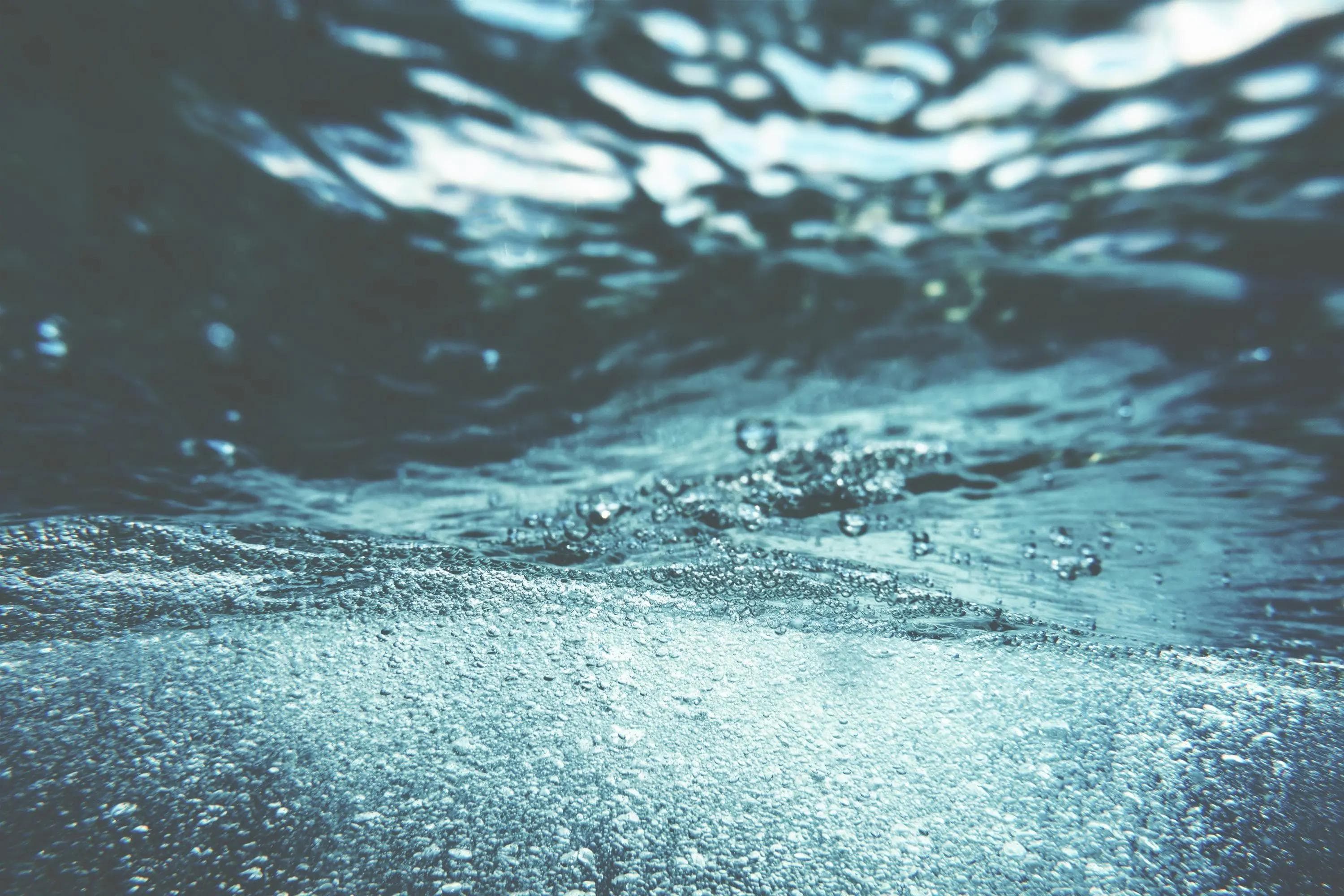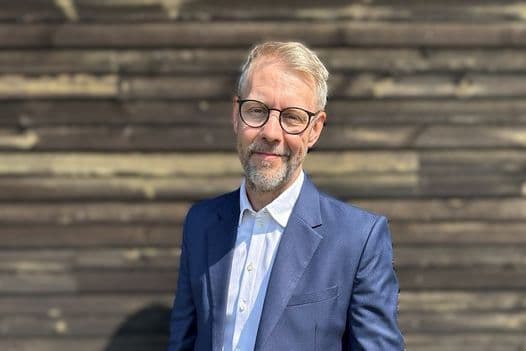
“All industries and companies must do their part to avoid a climate crisis. That includes the aquaculture industry and Grieg Seafood. Cutting carbon emissions is one of the challenges we have to solve” says CEO Andreas Kvame.
Grieg Seafood aims to reduce carbon emissions with 35% by 2030, with 2018 as a base year. Further, the company aims to become net zero by 2050. The targets cover both production and the supply chain (Scope 1, 2 and 3). They are in line with what the latest climate science says is necessary to limit global warming to well-below 2°C above pre-industrial levels and recognized by the Science Based Target initiative.Salmon has a lower carbon footprint than other animal proteins. One of the reasons is that the fish does not spend energy heating its body temperature or working against gravity standing up.
The largest emissions sources from salmon farming are diesel aggregates used for feed operations and well boats. Grieg Seafood is engaged in replacing such diesel aggregates with batteries, renewables or the electric grid system.
Supply chain with high impacts
Farming operations (Scope 1&2) only count for about 10 percent of the company’s total emissions.
“We know that our largest emission sources are in our value chain, particularly in feed and freight. These areas are included in our new climate targets,” says Kvame.
Grieg Seafood is working on a plan for reaching the climate targets. Read more about Grieg Seafood’s climate efforts here.

